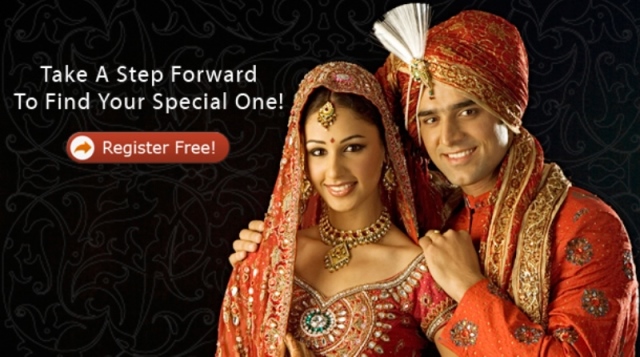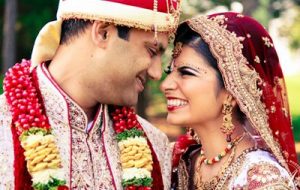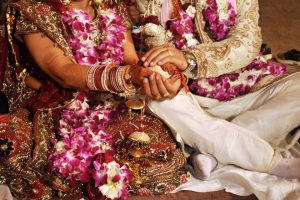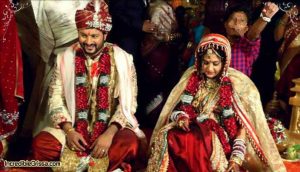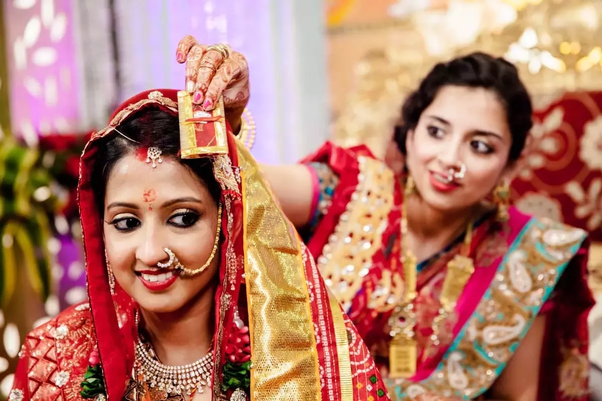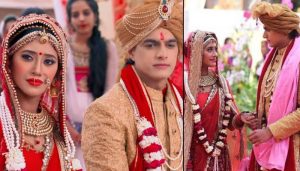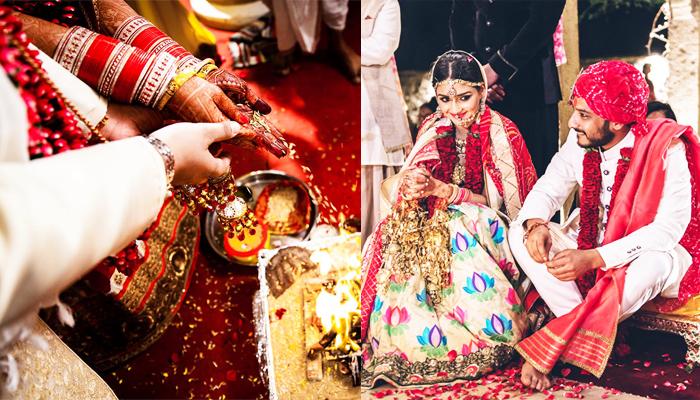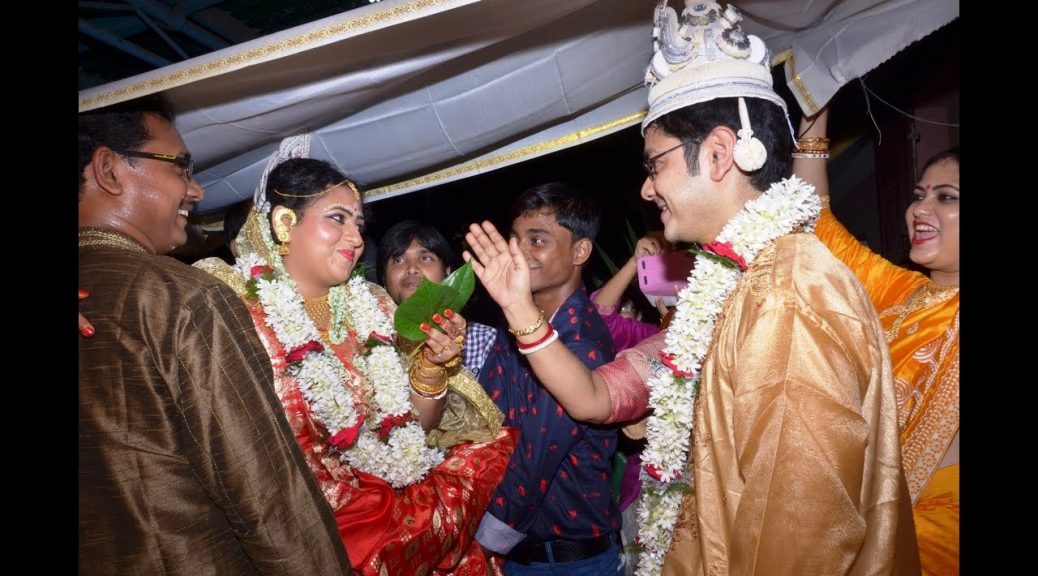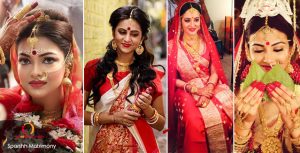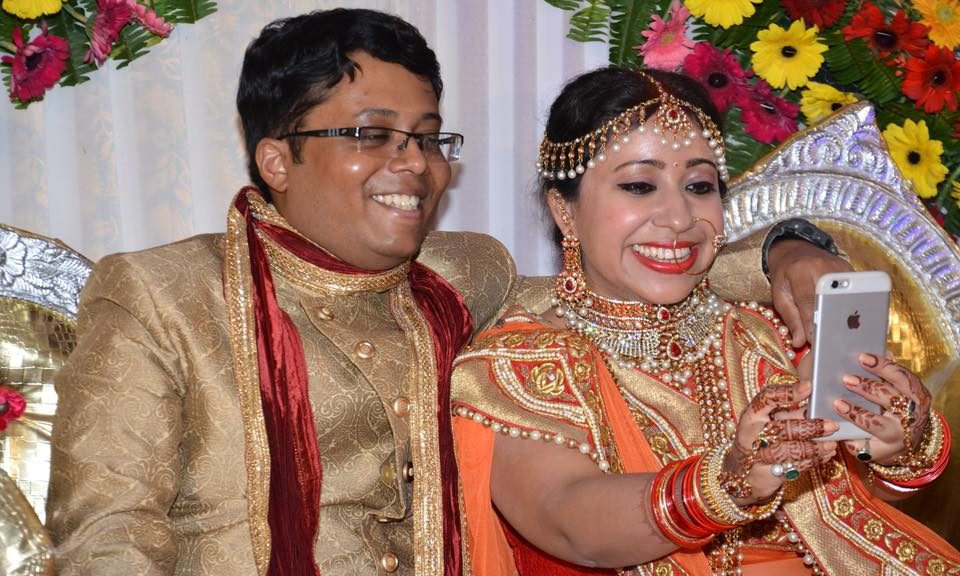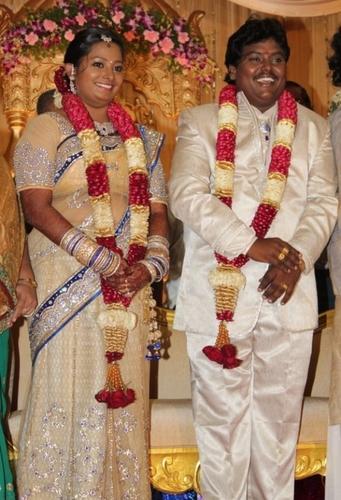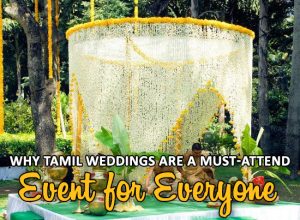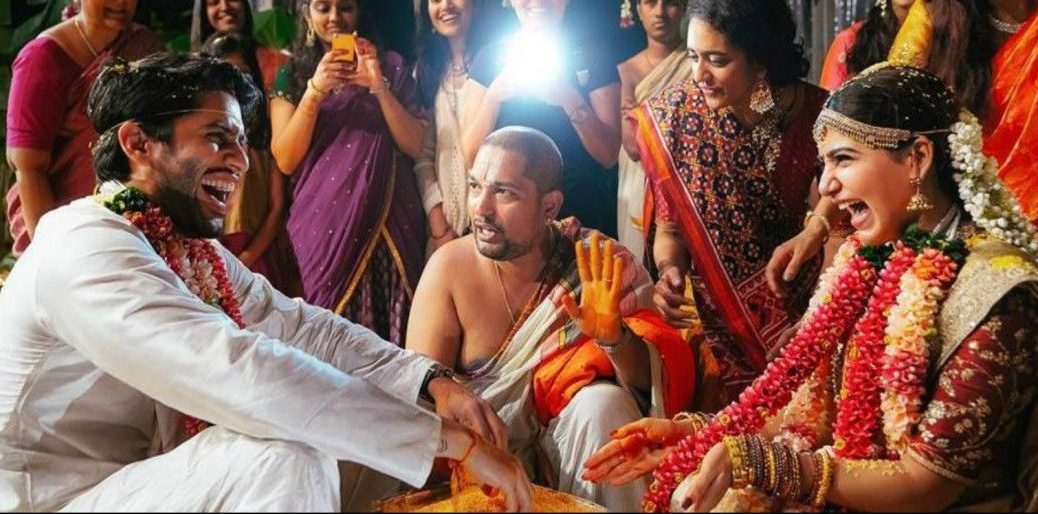
Oriya Matrimony and Its Rituals
Orissa or Orissa (now it is called) is a great biodiversity, abundance of nature, architectural wonders and simplicity. This simplicity of the people of Oriya is reflected as well as their marriage customs. They are free of any weird exhibition of wealth and status. They place great importance on traditional customs and their roots adhesion. Wedding ceremonies have been amended with regional and cultural practices levels according to Vedic Hindu custom. Religious Devotion Orissa plays an important role in human life and it reflects their wedding customs. Oriya words Bahagara for marriage, and Brahmin marries them while they are married, while marrying on another Oriya caste evening. Let’s take a peek at a typical Oriya wedding impressive ceremony.
Pre-wedding Rituals in Oriya Matrimony
Nirbandh – Most Oriya families prefer to marry for their kids. The match is searched through a matchmaker or in the community. Inter-community matches are not very encouraged in the Oriya family. Once a suitable match is found, the horoscope matches. If the capillary meets satisfactorily, then the two families meet. In this meeting, if everyone feels good to the family, then they decide the date of the ceremony or ceremonial ceremony. During the Oriya instinct ceremony, the bride and groom usually do not attend. This is the family of elders who meet in the house of the Prophet or in the temple and marry each other with their words or resolutions to their children. This event is also known as Bahaghara . Both gifts exchange gifts to both families.
Jayee Anukolo – Jayee Anukolo ceremony starts the Oriya wedding ceremony. Wedding cards are ordered by the family and the formal announcement mark of the wedding of their distribution community. The first invitation card was placed in front of Lord Jagannath, the highest god of Oriya, especially in Puri’s main temple. This event is known as Dev Devanana. The second invitation is usually sent to the maternal uncle’s family, for both the Prophet and the groom’s side. A member of the family personally visited and presented the invitation card with sample leaves and beans. This practice is known as the basic invitation. The third invitation goes from the bride family to the groom’s family. Bride with the bride’s father and other male family members as well as invites gifts and gifts to Barber’s house and personally invites the groom. This custom is known as Javan Invitation. The family is now free to distribute invitation cards to other relatives, friends and acquaintances.
Mangan – On the eve of the wedding on Tuesday, the bride and groom Haldi conducted an event similar to Orissa. The deer is made in a paste and the paste is applied to the bride and the bride by the bride’s females, of which there must be a daughter. The bride and groom are then worn with holy water.
Jairagodo Anukolo – This event marks the light of a holy peak which is a good luck for the upcoming marriage. The fire is in the form of oil or ghee lamp or in the form of havan. It should be kept awake until all the wedding ceremonies are completed.
Diya Mangula Puja – In this ceremony, most of the villages in the local temple are arranged to celebrate the worship of Goddess or village-goddess. The bride’s wedding is given to a goddess of sari, toes, Bengali and vermilion and her blessing is sought. This style is usually done through the wife of the local sailor. It is believed that the Goddess’s blessing on this object will result in a long and happy married life.
Nandimukha – A ceremony called Nandimukh is performed at both the bride and groom, where they pray for their blessing on the couple’s ancestors couple’s blessings.
Bride Clothing: Traditionally, Oriya men love wearing dhoti during the wedding ceremony. This can be more than simple cotton or may be made of silk. There is a simple and destructive boundary with a white base of medium dhutts, while others may choose to wear dhuti with different colors of modern day and more wide range. Bariatas throughout Dudhi usually wear a cotton shirt or a pickup by men in the eastern states. She wear some form of ethnic slippers with props. She is wearing a colorful and gorgeous crown made of lent or cork peth.
Bridal Dress in Orissa Matrimony
Bridal Attire: The bride is usually arranged in a yellow sari with red border known as Baula Patta. However, modern youth brides wear wide saris like Benaresi or Kanjivaram or even prefer local ekant silk sarees in red or similar colors, of which there are some embellished embroidery along with issued or sequin work. She paired Saree with an ornate brocade blouse. Another compulsory part of the wedding dress of Oriya bride is Dupatta or Uttariya. The bride covered the head with a double, which was arranged with the procurement and shechin. Groom likes, the bride wears a matching head wear. She naturally wears adorned jewelry made of gold, including necklace, earrings, bangles and rings.
Bridal Clothing: Traditional, Oriya Men like to wear dust during the wedding ceremony. This can be more than simple cotton or may be made of silk. Medium dhuti is a simple and destructive border with a white base, while modern day can choose to wear dust with different other colors and more broad border. Ice across the dust is usually worn by a cotton shirt or cottage by most Eastern state men. She wear some form of ethnic slippers with props. She wore a colorful and gorgeous crown made of halus or cork backs.
Bridal Attire: A yellow sari bride is usually arranged with red border known as Baula Pataa. However, modern youth brides wear red or similar colors, such as Benarisi or Kanjivram, or even the local eqt silk saris, which have some sort of stylish embroidery with issued or sequined work. Saree paired with she’s a colored broded blouse. Another mandatory part of Orissa bride wedding dress is duplicate or awaited. The bride covered her head with a dough, which was issued and decorated with sachine. Groom likes, the bride wears a matching headwear. She naturally wears adorned jewelry made of gold, including necklace, earrings, bangles and rings.
Wedding Day Rituals in Oriya Weddings
Barjaatri – A few members of her family, known as Barjatri, also leave the groom outside her house. In general, the bride sent a car with some men in the family to follow the groom and the bridegroom. The bride and groom visit the bride’s house inside the wedding. A traditional art of the bride is a mother-in-law or a senior female member of the family. A tilak of virtual paste and filthy rice is applied to the bride’s forehead. His feet are then washed with soft coconut water and he is fed a concoction of yogurt, ghee, sugar and honey. Then he welcomed with his friends inside.
Baadua Pani Gadhua – When the groom enters, the wife is informed to her relatives. Then he was taken for a ceremonial bath called Badua Pani Gadua.
Kanyaadan – The bridegroom program marks the first ceremony of Hindu wedding. Bride came to the stage of marriage, soon after the bride was brought. Later, the father dismissed the groom’s father so that he urged his daughter to take good care. He requested the bridegroom to live with love, respect and obedience. The groom accepts this responsibility and so does his intention to do so.
Hatha Granthi Fita – holding the groom’s right hand to the bride’s father. A plateau of mango trees is placed near their attached hands. Mango trees are considered honorable for their parallelism and sacred in Hindu religious ceremonies. The groom takes the hand of the bride and makes her happy and always expresses her intention to love. This event is known as the Greek Fita suddenly, the variation of the Oregon variety of the cooking ceremony. It identifies the transformation of the Prophet from the role of a daughter in the role of wife and daughter. Suddenly, after the completion of the Gothi ceremony, the fire started burning. The couple makes seven rounds of fire together by holding hands. This seven round symbolizes seven sacred promises of a marriage.
Saptapadi -Seven flour is set on the ground, which is then purified by the priest. These seven rocks represent seven mountains or seven-storey parvat. This represents the symbol of all hardships facing the bride during her married life. The bride decreases the chicken rice chicken with the right foot of the bride. In this way, they take seven steps together that begin their journey together symbolically. This event is known as snake charming.
How 99marriageguru works for Oriya matrimony?
99marriageguru.com is provide leading online matrimony service for Oriya community. Other than matrimony service 99marriageguru also provide Assisted matrimony, NRI matrimony, Elite matrimony service for Oriya community.
99marriageguru also provide Event management Service, Pre marriage investigation service for Oriya community.
